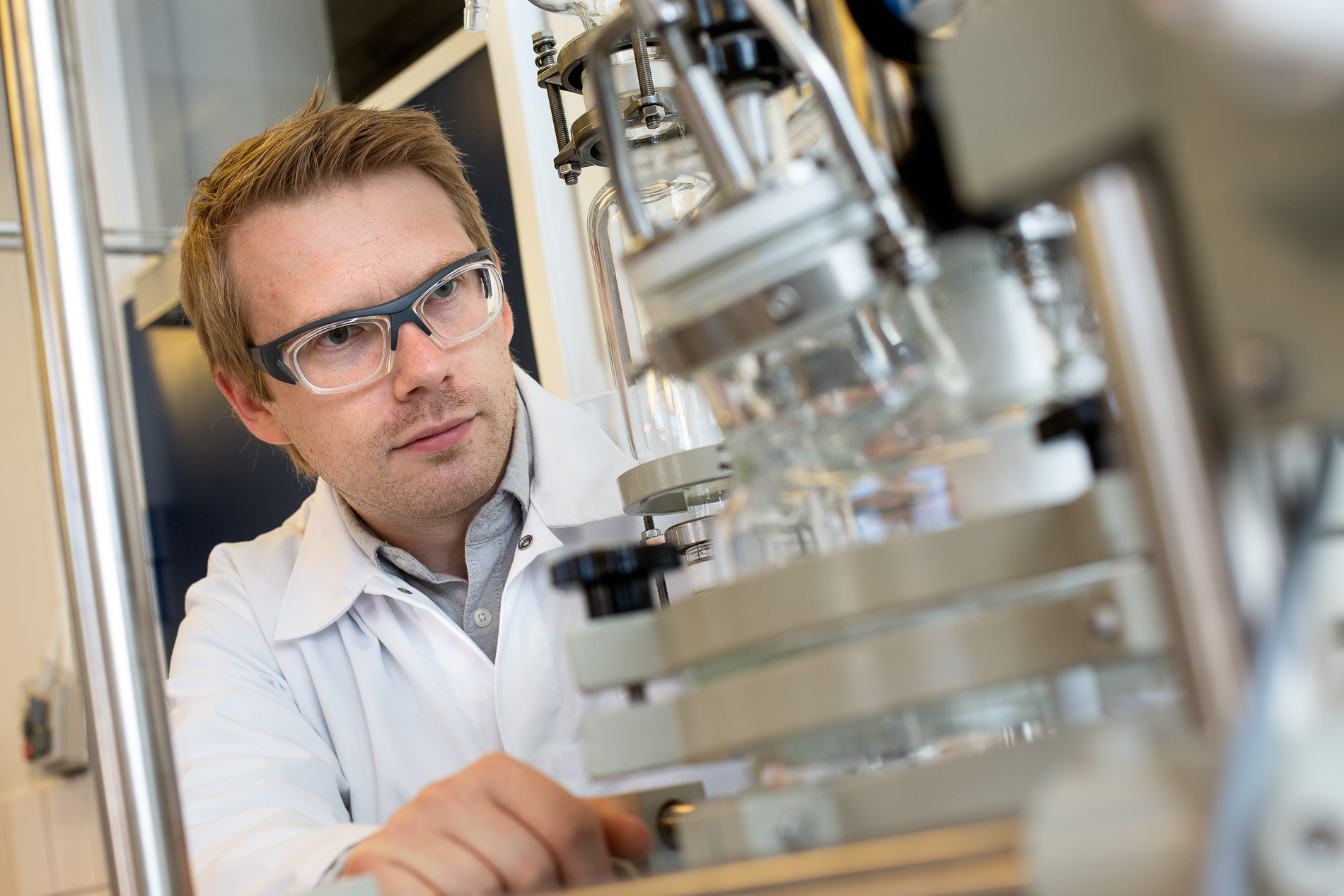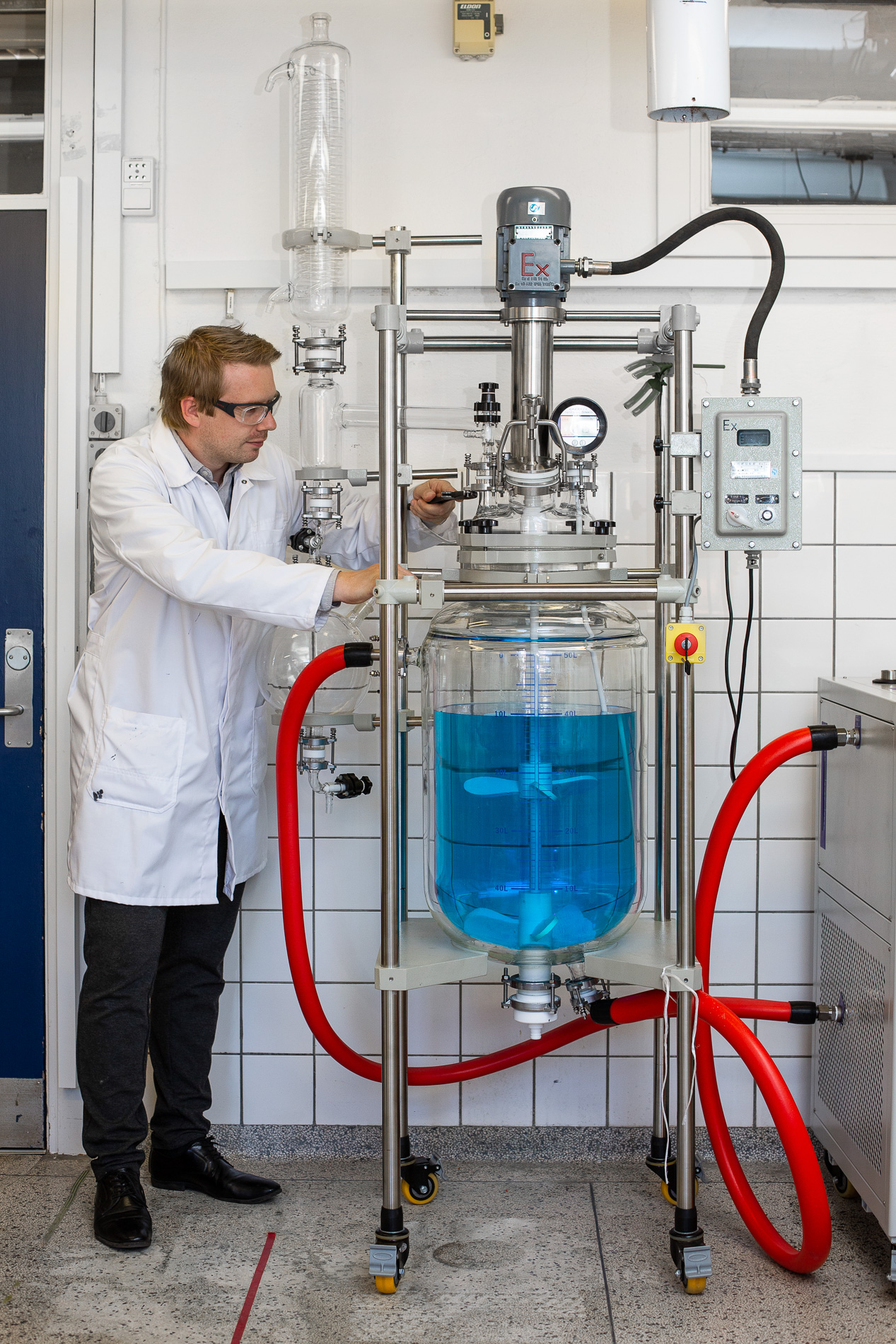Engineers pave the way for more sustainable medicine
Using an advanced statistical tool, engineers can identify new chemicals to replace problematic substances in the pharmaceuticals industry. They have just completed their first scientific studies with blood pressure medicine, and the results are promising.


Chemical engineers from Aarhus University may have cracked the code for how to reduce the consumption of toxic chemicals by the pharmaceuticals industry. This could boost far more sustainable production.
They have just completed their first scientific study with a blood pressure medicine, and they have successfully identified specific chemical compounds that can replace the solvents commonly used by the industry today.
"Worldwide, we consume huge amounts of medicine to regulate blood pressure, and making the chemical production green will be a very big step towards sustainable production. We’ve only experimented with a single type of medicine in the laboratory, so it’s clear that there are huge potentials," says Steffen Gralert Sveegaard, an assistant professor at Aarhus University School of Engineering.
No more trial and error
Steffen Gralert Sveegaard is behind work on the algorithm that now makes it possible to find healthier and more environmentally friendly chemical production methods in the pharmaceuticals industry.
He expects that the latest scientific results will pave the way for a completely new approach to developing sustainable drugs.
"Today, it takes many years and costs large sums of money to develop new drugs, because you simply have to progress by trial and error. What happens when you replace one solvent with another? How does this affect the reaction time, the ability to react and the final product, for example? And does it influence the manufacturing process – the concentration and temperature regulation, for example?" he says.
There are hundreds of suitable chemicals for each stage of synthesis in the production of medicine, so finding new formulas is a big job. Pharmaceutical companies often don’t have time to try everything, because they are constantly in a race against time before patents expire, explains Steffen Gralert Sveegaard.
"Today, companies in the pharmaceuticals industry have a strong incentive to use well-known chemistry, which they know works, but which is not necessarily sustainable. We want to help change that," he says.
He stresses that it will still take some time before the statistical tool is ready for use outside university laboratories in industrial innovation work.
Much more green medicine on the way
The statistical tool means engineers can make it considerably easier to produce sustainable medicine. In the long term, this won’t just reduce the environmental impact of the pharmaceutical industry and the quantities of toxic waste, it will also create better working conditions for employees all over the world.
"Organic solvents are often toxic for the environment and for the people who work with them. At the same time, pharmaceutical companies have a major cost associated with waste management, so it is in everyone's interest to start to phase out the worst chemicals and replace them with milder, environmentally friendly and preferably recyclable raw materials," says Steffen Gralert Sveegaard.
Among other things, the statistical tool can also screen for chemicals that can result in higher energy efficiency in the manufacturing process or are degradable in nature.
CONTACT
Steffen Gralert Sveegaard, assistant professor, Aarhus University School of Engineering
